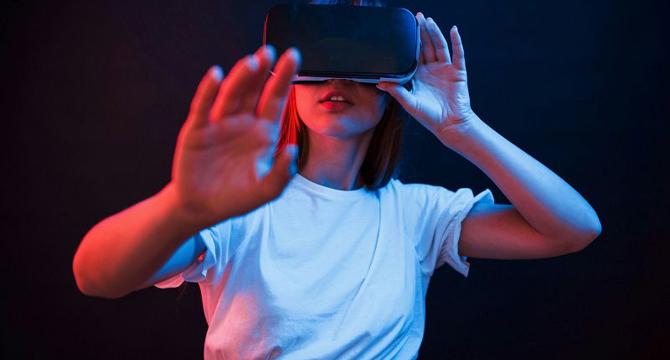Knowridge
1M
135

Image Credit: Knowridge
Why the metaverse isn’t ready to be the future of work just yet
- While proponents of the metaverse may suggest it be the future of remote work, until issues of user interaction, ergonomics and cybersickness are resolved, it is not likely to become a mainstream solution in the immediate future.
- Metaverse is used to describe the convergence of physical and virtual space accessed through computers and enabled by immersive technologies such as virtual reality, augmented reality and mixed reality.
- Remote work rose to 40% in April 2020 and fell to 18.7% as of May 2024 in Canada but collaborative work can potentially suffer in remote contexts.
- Metaverse is primarily used with VR head-mounted displays and has been explored before with limited success.
- Issues with VR systems can cause usability issues such as lack of finesse, physical strain, and cybersickness.
- Cybersickness - visually induced motion sickness commonly observed with VR use - is believed to be caused by visual-vestibular mismatches.
- Postural stability and sudden motions in VR can cause users to lose their stability, which can only be mitigated through better system design.
- Until issues of user interaction, ergonomics, and cybersickness are resolved, the metaverse will not be ready to fully replace traditional office environments or provide a completely effective alternative for remote work.
- While remote work in the metaverse may appeal to some, it is unlikely to become a mainstream solution anytime soon.
- The metaverse supports collaboration in virtual spaces but remote work still lacks “water cooler moments”—impromptu encounters between employees that can spark innovation.
Read Full Article
8 Likes
For uninterrupted reading, download the app